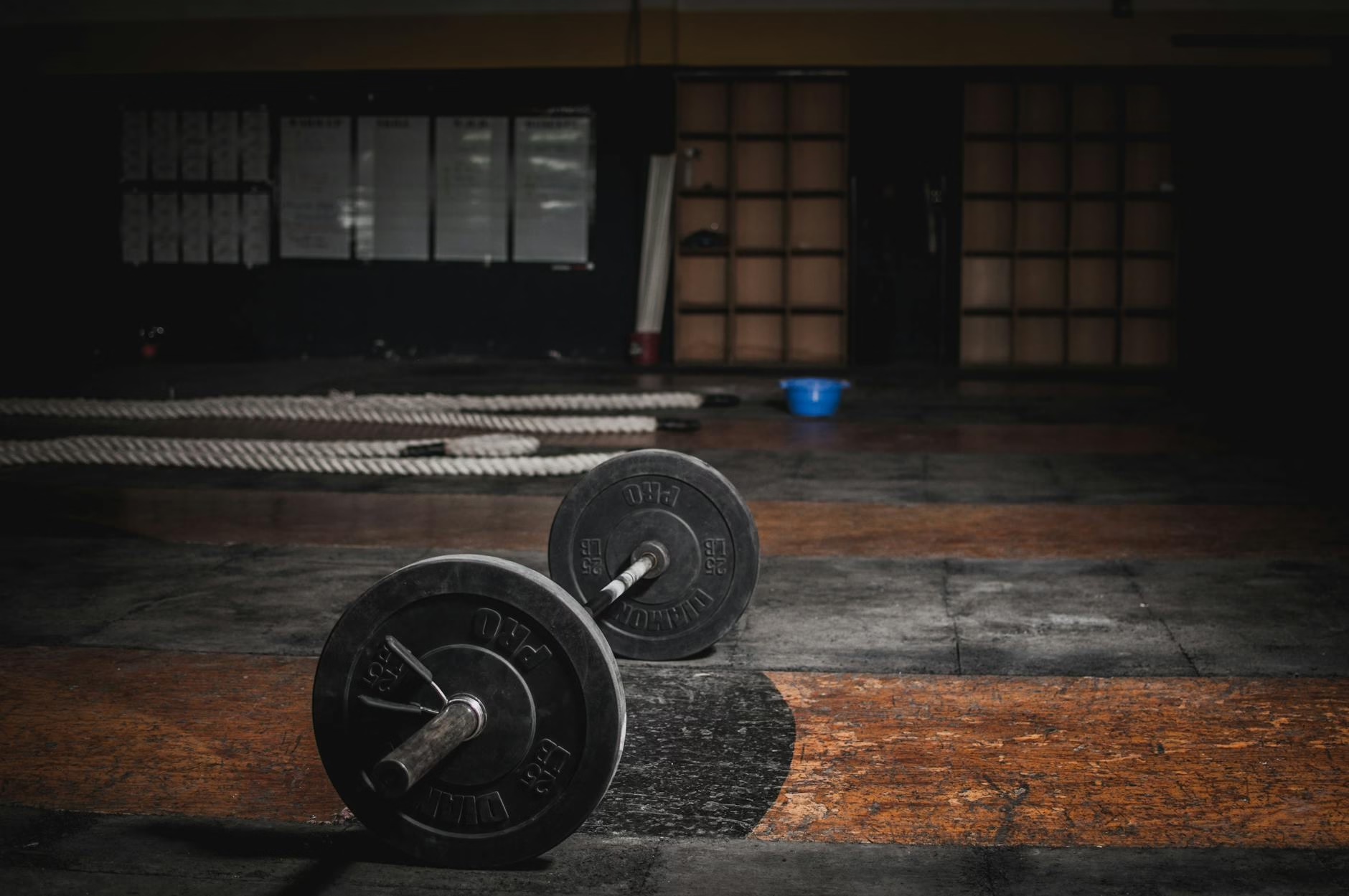For many people starting a fitness journey, the scale becomes the main measure of success. While weight can be one indicator, it doesn’t always show the full picture. True health and progress go far beyond a number. Learning how to track your results in different ways keeps you motivated and shows you just how far you’ve come.
Step 1: Take Body Measurements
One of the most accurate ways to monitor tracking fitness progress is by measuring key areas of your body. Use a tape measure to track your waist, hips, chest, arms, and thighs every few weeks. Even if the scale doesn’t move, you might notice inches lost or gained—proof that your body is changing.
Step 2: Progress Photos
Pictures tell a story the scale can’t. Take photos from the front, side, and back every 4 weeks in similar lighting and clothing. When you compare them over time, you’ll see changes in posture, muscle tone, and overall shape that might not show up in weight alone.
Step 3: Track Strength and Performance
Another way to measure progress is by logging your workouts. Are you lifting heavier weights? Doing more reps? Running faster or longer? These improvements are a sign your body is getting stronger and fitter—even if your weight stays the same.
Step 4: Notice How You Feel
Fitness isn’t just about appearance. Pay attention to your energy levels, mood, and sleep quality. Better focus at work, less stress, and more stamina during daily activities are all signs of progress that matter just as much as physical changes.
Step 5: Monitor Habits
Keep track of how often you work out, what you eat, and how well you sleep. Building consistent habits is one of the most powerful indicators of success in any fitness journey.
Step 6: Don’t Obsess Over the Scale
The number on the scale can fluctuate due to water retention, hormones, or even the time of day. Weigh yourself once a week at most, and always combine it with other methods to get a clearer picture of your overall progress.
The bottom line: Tracking fitness progress is about more than losing weight. By using measurements, photos, performance tracking, and paying attention to how you feel, you’ll get a much more accurate and motivating view of your transformation.


